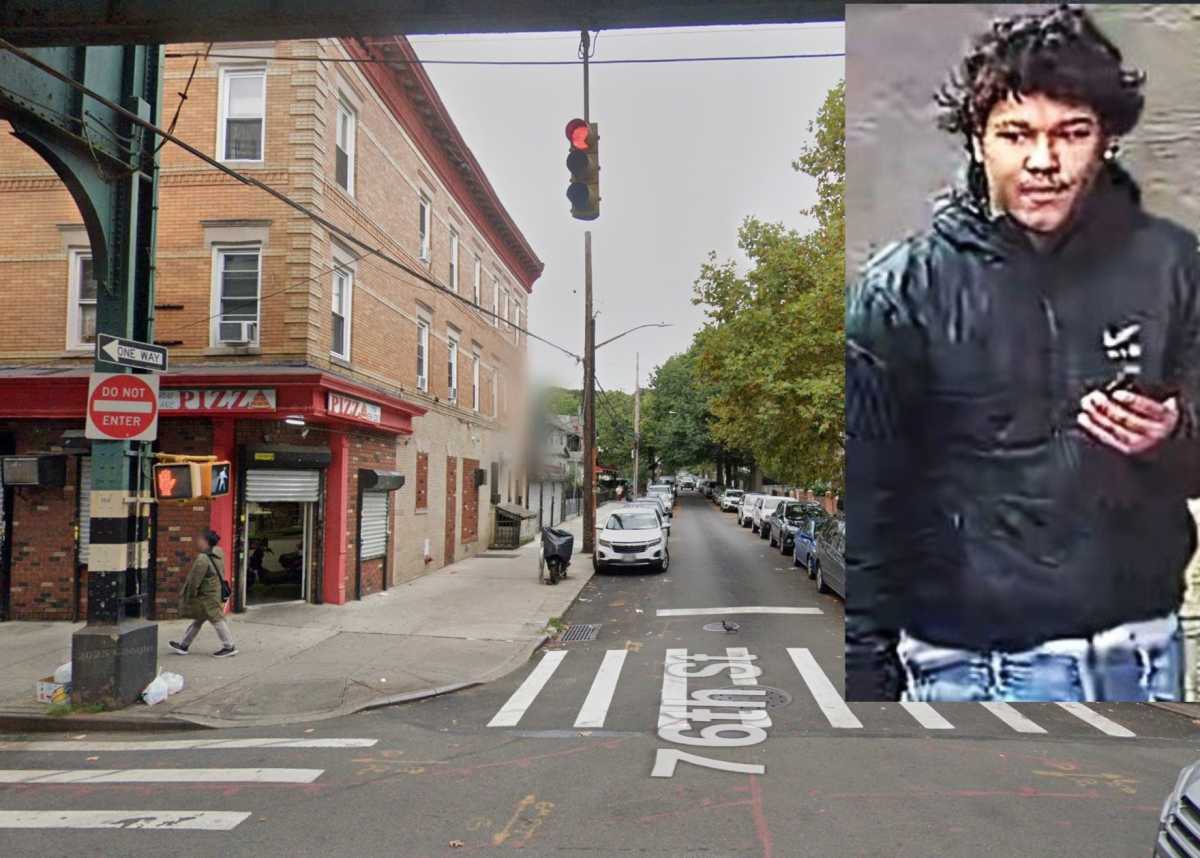Faced with a school district plagued by classroom overcrowding as area housing development pushes forward at a frenetic pace, Community District Education Council (CEC) 27 unanimously passed a resolution last week to ask that all new residential construction in the district be stopped until school seat supply meets demand for it.
“School construction has not kept pace with housing construction in Queens and as a result, there are not enough school seats for the children in our district,” read CEC 27 member TK to the council before the vote. “Existing schools are already overcrowded and the children who move into the newly construction housing are required to attend those same overcrowded schools.”
The two-part resolution also asked that Queens Borough President Helen Marshall conduct a zoning study in the district, which includes the Rockaway Peninsula, South Ozone Park and Richmond Hill. A study conducted in Staten Island that resulted in school seat requirements being written into zoning code inspired the request.
On Staten Island, “…By law, homes cannot be built unless there are commensurate numbers of available schools seats in the borough,” TK explained, later clarifying that a school seat would be considered available if: the school already existed; was within one year of completion; or was identified in the city’s capital budget as within three years of completion.
As on Staten Island, for every school seat certified, permits for two housing units could be granted.
According to City’s Department of Education (DOE) proposed five-year capital plan amendment for fiscal years 2005 to 2009 revised in November 2006, District 27 is slated to receive six new schools totaling 2,331 new seats. Three would be small elementary schools and three would be middle schools.
No high schools are allocated for District 27 in the capital plan.
According to DOE spokesperson Margie Feinberg, because high school students are not required to live in the same district as the school they attend, the lack of additional high schools in the capital plan does not automatically mean there aren’t enough seats to go around.
“It’s not necessarily true that you have to have a school in the neighborhood,” she said.
Additional high schools or not, the number of seats promised to the district by the DOE is far too few, said City Councilmember James Sanders, Jr.
Sanders is set to see about 4,000 housing units added to his district with the arrival of the City-developed Arverne East and Arverne-by-the-Sea developments. Another 1,000 units are in being added to the housing stock by private developers, he estimated.
“The number for the entire district even without this plan is woefully inadequate,” he said. “With this development it becomes a tragedy.”
City Councilmember Joseph P. Addabbo agreed that something must be done about school overcrowding within District 27 and that the proposed moratorium could be one part of a solution.
“We’re bursting at the seams,” he said. “Any legitimate idea that addresses this issue obviously needs to be attended to,” he said, explaining that an increasing population with a stagnant or decreasing number of classroom seats is a formula that encourages people to leave communities.
Some people, like Andrea Mercatante of Howard Beach who has three sons in the public school system, wonder just how effective a moratorium on building could be on school overcrowding.
“I think it’s a great idea to at least try to keep up with the influx of people,” she said. But, it doesn’t do anything about the number of one- and two-family homes that have been illegally converted into multi-family dwellings, she said.
Mercatante explained that if someone wants their children to go to a particular school in a particular district, they will find a way to make it happen, whether by sending a child to live with a grandparent or living in an illegal apartment.
“No matter what you do, people are going to find places to live, whether it’s legal or not,” she said.































